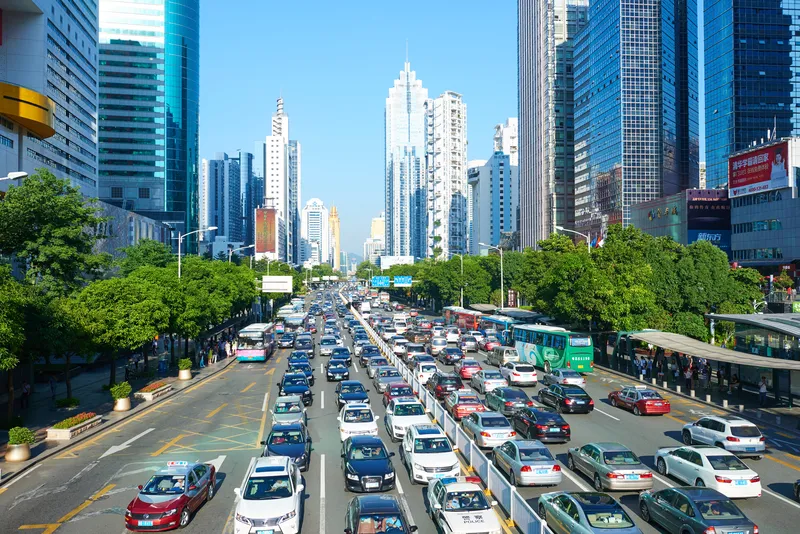The new releases of
Visum 16 includes SBA, a simulation-based dynamic assignment which enables individual vehicles and their interactions to be simulated and both congestion effects and delays over time to be more realistically represented. It also comes with a 3D network view, allowing users to create visualisations and videos with prisms, bars, customisable colour schemes and individual storyboards.
Vissim 9 includes additions to scenario management, allowing users to compare results of different planning or design scenarios. It also provides level of service results for nodes, an inbuilt matrix editor for simpler handling of matrices, dynamic assignment and convergence enhancements and improvements to visualisation options.
With PTV Viswalk 9, users can now simulate pedestrian flows within multi-storey buildings by modelling not only stairs but also elevators. Modellers may simulate single or several elevator groups.
PTV releases upgrades for traffic and pedestrian modelling software
The new releases of PTV’s Visum 16, Vissim 9 and Viswalk 9 software solution for macroscopic traffic modelling and microscopic traffic and pedestrian simulation come with several new features and functions.
December 13, 2016
Read time: 1 min










